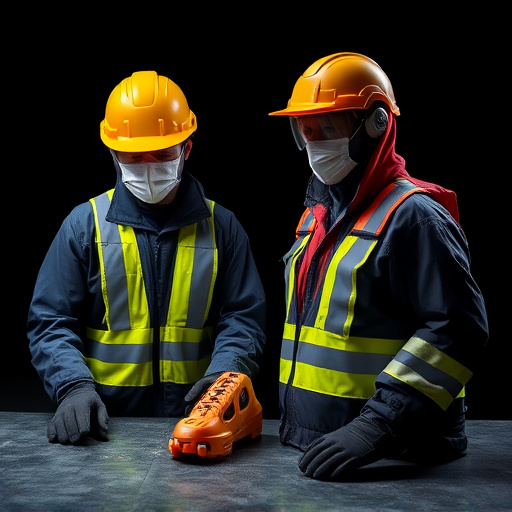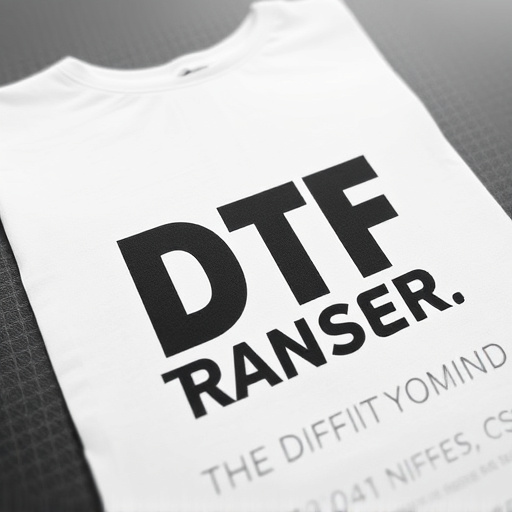Smog checks enforce environmental regulations on vehicle emissions, particularly in urban areas. Legal Cold Air Intake (CAI) systems, designed for enhanced engine performance by drawing in cooler, denser air, must comply with these emission controls. To pass inspections, vehicle owners should ensure their CAI upgrades meet manufacturer guidelines and local standards through proper installation, regular maintenance, and adherence to legal limits on pollutant emissions.
In many regions, regular smog checks are mandatory for vehicles to ensure they meet environmental standards. For those with modified vehicles, especially those featuring legal cold air intake (CAI) systems, understanding these tests and their impact is crucial. This article delves into the significance of smog checks, explores how emissions affect vehicle performance and legal requirements, and provides strategies to help you pass these inspections while maintaining your CAI system’s functionality.
- Understanding Smog Checks and Their Impact on Legal Cold Air Intake Systems
- The Role of Emissions in Vehicle Performance and Legal Requirements
- Strategies for Ensuring Your Cold Air Intake System Passes Smog Tests
Understanding Smog Checks and Their Impact on Legal Cold Air Intake Systems

Smog checks are environmental regulations designed to reduce vehicle emissions and ensure that cars meet specific pollution standards. These tests play a crucial role in maintaining clean air, especially in urban areas where traffic congestion is high. During a smog check, vehicles are examined for their ability to comply with emission controls, including those related to cold air intake systems. Legal cold air intake (CAI) systems are designed to improve engine performance by drawing in cooler and denser air from outside the vehicle, enhancing fuel combustion. However, some CAIs may bypass emissions control devices, leading to increased pollutant emissions.
It’s essential for car owners to understand that installing a legal cold air intake system is vital for adhering to environmental regulations. Unmodified or illegally installed CAIs can result in failing smog tests due to elevated emission levels. To pass these checks, ensure that any cold air intake upgrades are approved by the manufacturer and comply with local emission standards. Regular maintenance and proper installation of CAIs are key to achieving optimal engine performance while meeting legal requirements for vehicle emissions.
The Role of Emissions in Vehicle Performance and Legal Requirements

Vehicle emissions play a significant role in both the performance and environmental impact of cars, especially when it comes to cold air intake systems. These legal requirements are in place to ensure that vehicles operating on the road meet specific emission standards. Exhaust gases, primarily composed of pollutants like nitrogen oxides (NOx), carbon monoxide (CO), and particulate matter, are a byproduct of combustion engines. Efficient emissions control is crucial for several reasons; it not only improves air quality but also enhances engine performance.
Legal cold air intake systems are designed to optimize the air-fuel mixture in an engine, leading to better combustion and reduced emissions. By allowing a larger volume of cool, clean air to enter the engine, these systems can improve torque and horsepower, resulting in enhanced vehicle performance. Simultaneously, they contribute to meeting legal standards by ensuring that vehicles emit fewer pollutants into the atmosphere, thereby mitigating environmental concerns.
Strategies for Ensuring Your Cold Air Intake System Passes Smog Tests

To ensure your cold air intake (CAI) system passes smog tests, consider a few key strategies. First, choose a legal CAI system designed to comply with emissions standards. Not all aftermarket intakes are created equal; some can alter engine performance and increase pollutants, failing smog checks. Opt for well-regulated, high-quality systems from reputable manufacturers.
Next, maintain proper installation. A poorly installed CAI can disrupt airflow, leading to incorrect fuel-air mixture and potential emissions issues. Regularly inspect your intake for any leaks or obstructions that could affect performance. Additionally, keep up with routine maintenance like replacing air filters as recommended by the manufacturer to optimize airflow and engine efficiency.
In conclusion, understanding the interplay between legal cold air intake systems and emissions is key to navigating smog checks effectively. By recognizing the impact of emissions on vehicle performance and adhering to relevant legal requirements, car owners can ensure their modified intake systems pass inspections. Implementing strategic strategies focused on maintaining optimal air-fuel ratios and minimizing harmful emissions will contribute to both legal compliance and enhanced vehicle efficiency.














